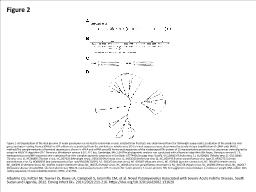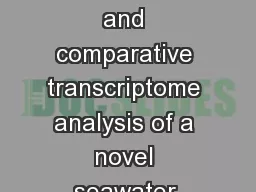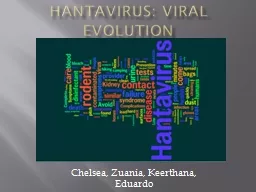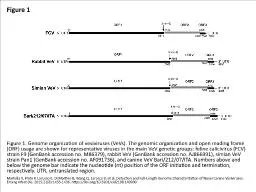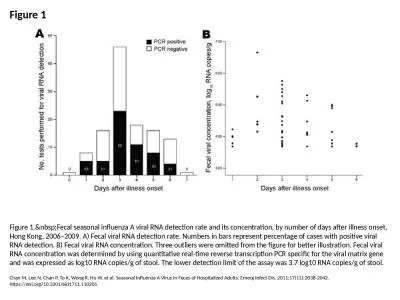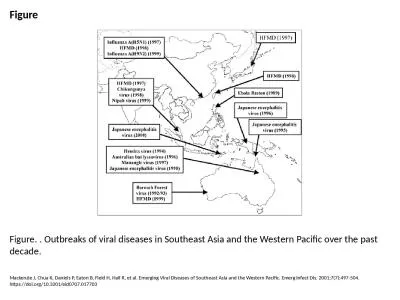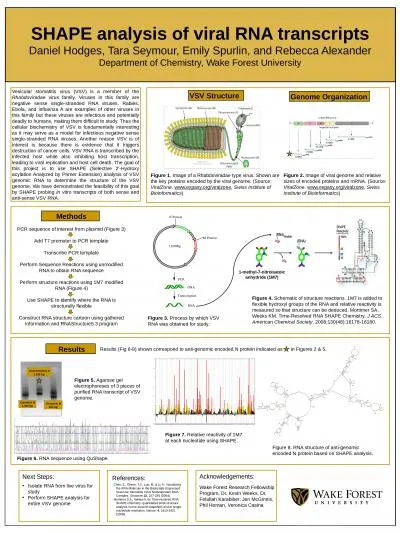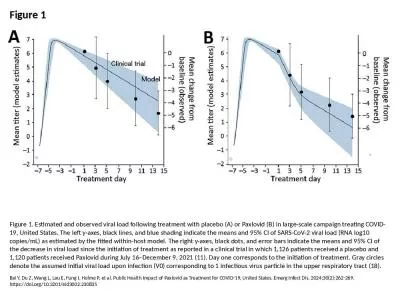PPT-Figure 2 Figure 2. A) Organization of the viral genome of novel paramyxovirus related
Author : reese | Published Date : 2024-02-02
Albariño CG Foltzer M Towner JS Rowe LA Campbell S Jaramillo CM et al Novel Paramyxovirus Associated with Severe Acute Febrile Disease South Sudan and Uganda 2012
Presentation Embed Code
Download Presentation
Download Presentation The PPT/PDF document "Figure 2 Figure 2. A) Organization of th..." is the property of its rightful owner. Permission is granted to download and print the materials on this website for personal, non-commercial use only, and to display it on your personal computer provided you do not modify the materials and that you retain all copyright notices contained in the materials. By downloading content from our website, you accept the terms of this agreement.
Figure 2 Figure 2. A) Organization of the viral genome of novel paramyxovirus related: Transcript
Download Rules Of Document
"Figure 2 Figure 2. A) Organization of the viral genome of novel paramyxovirus related"The content belongs to its owner. You may download and print it for personal use, without modification, and keep all copyright notices. By downloading, you agree to these terms.
Related Documents

